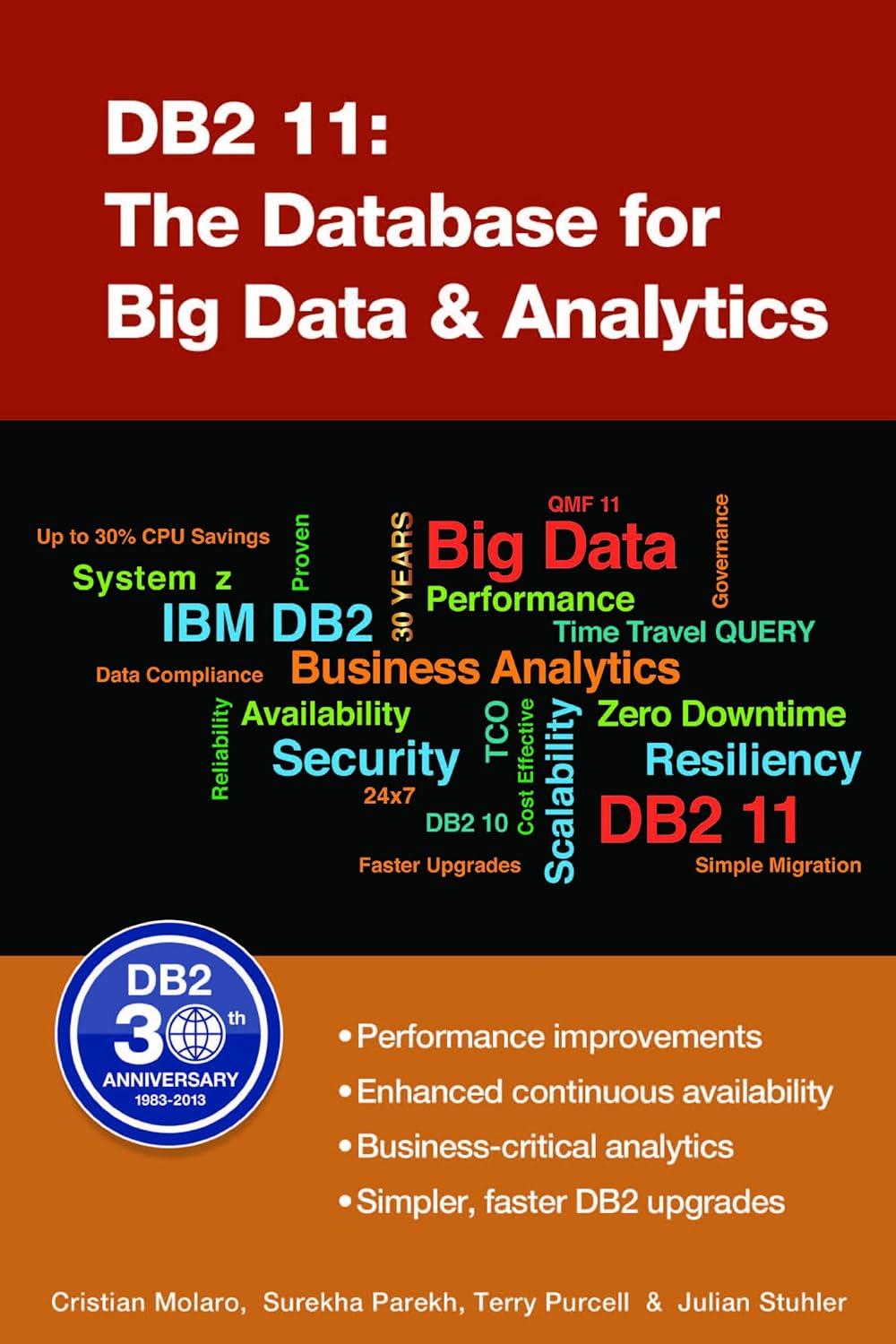Question
Nippon Sushi and Sashimi Shack Chapter 6 Nippon Sushi and Sashimi Shack is a family-owned business that operates on the Gulf Coast. The company already
Nippon Sushi and Sashimi Shack
Chapter 6
Nippon Sushi and Sashimi Shack is a family-owned business that operates on the Gulf Coast. The company already uses both financial and point-of-sale (POS) software, but has been unable to find a suitable system to manage its inventory and purchase orders. You are an independent consultant who has been hired to develop an inventory and order system for the company.
Background
Nippon Sushi purchases a variety of seafood (tuna, mackerel, shrimp, eel, crab, etc.) from local fishing boats and fresh vegetables from local farmers to make sushi and sashimi. Other food products are purchased from an Asian grocery wholesaler. Nippon Sushi sells its products through a variety of outlets, most notably its restaurant. The company sells prepackaged sushi and sashimi to supermarkets, hospitals, and other companies for resale. To ensure profitability, the company prices its products based on the estimated material cost that goes into producing them. Restaurant food is sold at cost plus 200 percent, wholesale orders are sold to retailers at cost plus 60 percent and smaller orders including catering events are sold at cost plus 100 percent. Due to the volatility in prices of seafood, menu prices are updated on a regular basis.
Currently, the company uses a journal to record its purchases and orders. Any employee can add, edit, or strike out a journal entry. When new seafood or vegetable products arrive, employees must record the type, total weight, and cost as a new journal entry. A spreadsheet is used to keep track of inventory totals. Wholesale and retail prices are manually calculated and entered into the POS software. Inventory is pulled out of stock on a first in, first out basis.
As the business continues to grow, this system is becoming less viable. Some of the shortcomings include:
Employees sometimes make clerical mistakes or forget to record transactions.
When the inventory holds a particular type of seafood or produce that has been purchased at different times and costs, it is difficult to determine the correct cost bases and some older food is spoiling before getting sold because food preparers are taking out stock in the wrong order.
Sales prices have to be manually calculated, a process that can take a lot of time to complete.
You have completed the systems planning phase; the next step is to create an object-oriented model of the inventory and orders system.
Tasks
1.Create a use case diagram for an inventory and order system.
2.Create a use case description for one use case.
3.Create a class diagram for classes you would expect to find in Nippon Sushis system.
4.Create a sequence diagram for some aspect of the new system.
5.Create a state transition diagram that describes a changing state in the system.
Step by Step Solution
There are 3 Steps involved in it
Step: 1

Get Instant Access to Expert-Tailored Solutions
See step-by-step solutions with expert insights and AI powered tools for academic success
Step: 2

Step: 3

Ace Your Homework with AI
Get the answers you need in no time with our AI-driven, step-by-step assistance
Get Started


